Some books I read in 2023
El Dinero, Fenómeno Económico Jurídico, José Luis Curiel Benfield 1943
Stumbled upon this book while flanneuring into a second hand bookshop in Coyoacán. It was dusty and I did not make much of it but it won me over with a phrase from its introduction:
A note about language: More than once it has been pointed to me that there is an analogy between language and money. They are both instruments of human exchange. Durkheim said that language is “at its highest level, a collective thing”, and we can say the same about money. They are both signs and symbols which constitute cultural goods. Both aspire for universal unification without having achieved it at present. Both have suffered horrible falsifications and both have been used to indicate what isn’t, what or where there is worth in something and what doesn’t correspond to its name.
Seems obvious to me that Curiel-Benfield would be very interested in the whole Bitcoin phenomenon, and I’ve read this with an eye for interesting parallels and rhyming history with our current situation. This was published in Mexico in 1943, that is, before wwii ended and probably written before that, not long after all gold was forcibly bought from Mexicans and Americans. It is as far as I can tell, Curiel-Benfield’s dissertation. It comes from a time when central bank currencies were young and full of potential, just like Bitcoin and cryptocurrencies exist in today’s old world. It doesn’t really reach any conclusions, it’s more of an exploratory work that is useful to me because it’s a source from an interesting point in history and it’s sources are unique.
It’s closing chapter: Realismo Dinerario or Money Realism states:
In social life money appears as an accidental entity, instrumental and representative. It has no sense but for the functions it performs. Just as smoke is a sign of fire, language is a sign of thought, ideas represent diverse regions and objects of reality, Money is then a symbol of the economic goods, a measure of wealth, a semaphore of utilitarian production. It is never the production itself but rather, the road on which it travels.
Thought provoking.
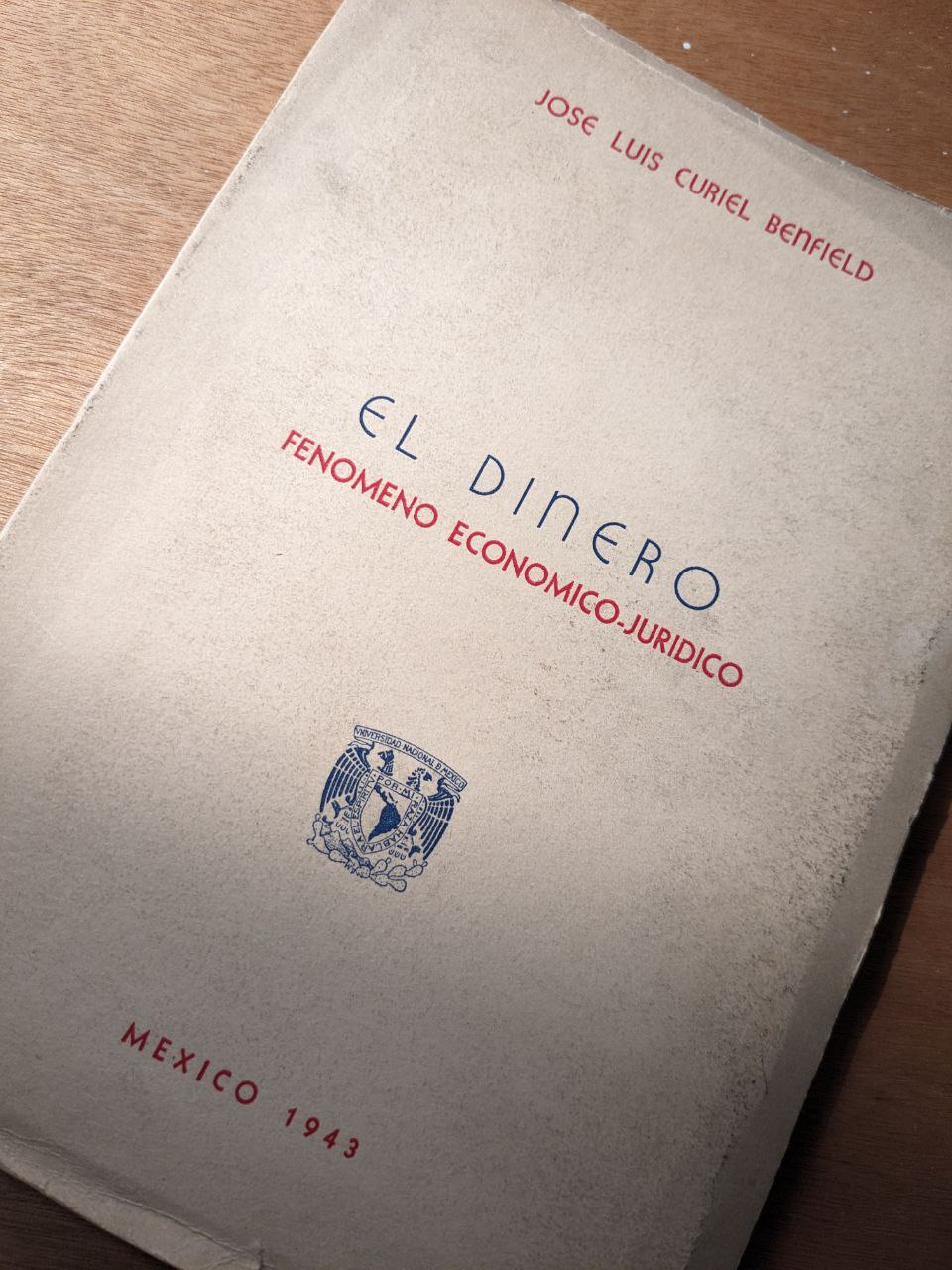 El Dinero, Fenómeno Económico Jurídico, José Luis Curiel Benfield 1943
El Dinero, Fenómeno Económico Jurídico, José Luis Curiel Benfield 1943
In Praise of Shadows, Junichiro Tanizaki
I saw this book randomly in the library of Georgia O’Keefe’s museum in New Mexico. It has become one of my favourite books, ever. It’s a study of very simple Japanese things, among them, light. One high level read is that the author criticises the western ways of “too much light” and emphasises in great prose, how much more beautiful things look in the shadows where light is more sparse. At first glance, you could think that this book is pointless, but it’s actually so applicable in every little thing in life. There is much to be said about keeping things simple, about appreciating small details in your abode and about the Japanese way of doing things, but to me being able to appreciate shadows is about character and your state of mind. What I mean is that you won’t always be super happy, you’ll have points when life is tough and appears that not much light is coming in, when appreciating shadows is actually a skill you need to keep living.
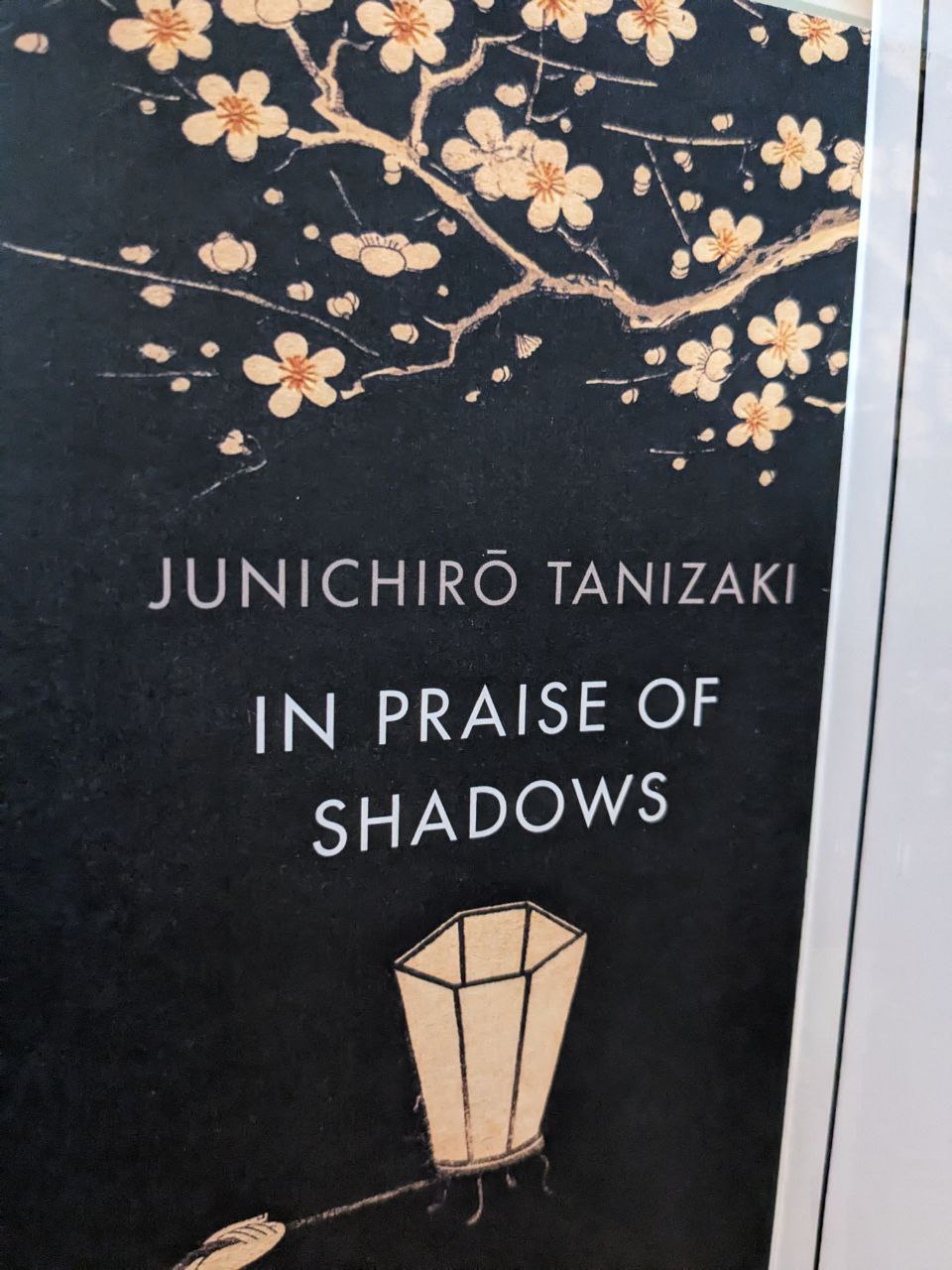 In Praise of Shadows from O’Keefe’s library
In Praise of Shadows from O’Keefe’s library
Don Quixote de la Mancha, Miguel de Cervantes Saavedra
This book was written more or less at the same time of the conquest of Mexico. It is a remarkable feat that we can comfortably read a book that was written 500 years ago. When I say comfortably, I’m actually lying because this book is so old that you kind of need to translate it to understand it, even though it was written in spanish and my mother tongue is spanish. I found a really good edition of this book with as much footnotes as original text and that was instrumental in my liking of it. This book details how a perfectly sane gentleman is kind of betrayed by books about knights and when he goes out and tries to experience the world in the way that it was described to him in these books, it just doesn’t work and many funny things happen. I really think there is a parallel to be made with entrepreneurship books and I really feel that fighting windmills is very similar to trying to find product-market fit.
Ignacio Torres Adalid y la Industria del Pulque, Mario Ramírez Rancaño
I bought this book second hand in a book fair in Morelia Michoacán. It was 50 Pesos and it was interesting to me because I am learning Nawatl right now and Pulque (Oktli in nawatl) is very present in the language and Mexica mythology. To my surprise, it was my business side that most appreciated this work. For those that don’t know Pulque is a prehispanic drink, it is roughly 2,000 years old and is made from the fermented sap of some species of Agave called Agave Salmiana, Agave Atrovirens and Agave Mapisaga, it tastes a bit like Kombutcha and a lot like the Korean drink makgeolli. Pulque was forbidden by the Spaniards before the Mexican independence, it became our national proud drink after our independence but it couldn’t really reach far from where it was brewed because it was (and still is) perishable and there was no transport infrastructure. As with many things, this changed drastically with the construction of the railroads in Mexico. Suddenly Pulque could be hauled by the tonnes to Mexico City and any other place. This lead to a Pulque boom, the haciendas that cultivated agave pulquero appreciated in value to the tune of 30x and an aristocracia pulquera was born under the government of Porfirio Díaz, Ignacio Torres Adalid was perhaps the most characteristic pulque aristocrat, hence the title of the book. But come the revolution and José Vasconcelos’ rise to power as the intellectual leader of the new mexico and his disdain for indigenous culture led to the 100+ year decline in Pulque consumption that we see today. Don’t get me wrong, Vasconcelos had many qualities, but he really did NOT like Pulque and genuinely thought that it was bad for your health. Vasconcelos and his ilk began a dirty war over Pulque that was so effective we are still waging it today. If you’ve heard Pulque is fermented with faeces or similar well, now you know why, and just for the record, Pulque does not require the addition of anything, faeces or otherwise to ferment, just like sourdough, kimchee or kombutcha. This dirty war on Pulque and the aristocracia pulquera might be coming to an end soon as Pulque rises in popularity with younger generations, yet today beer is king and this is no coincidence, beer was the ultimate beneficiary of this war, with active measures taken to disband the pulque aristocracy and even funding that was labelled for Pulque being used for beer, according to the book some of this funding led to research that made beer stable enough to be bottled and sold several months after production. Maybe we can dethrone the literal “Corona” and our ancient drink might rise again.
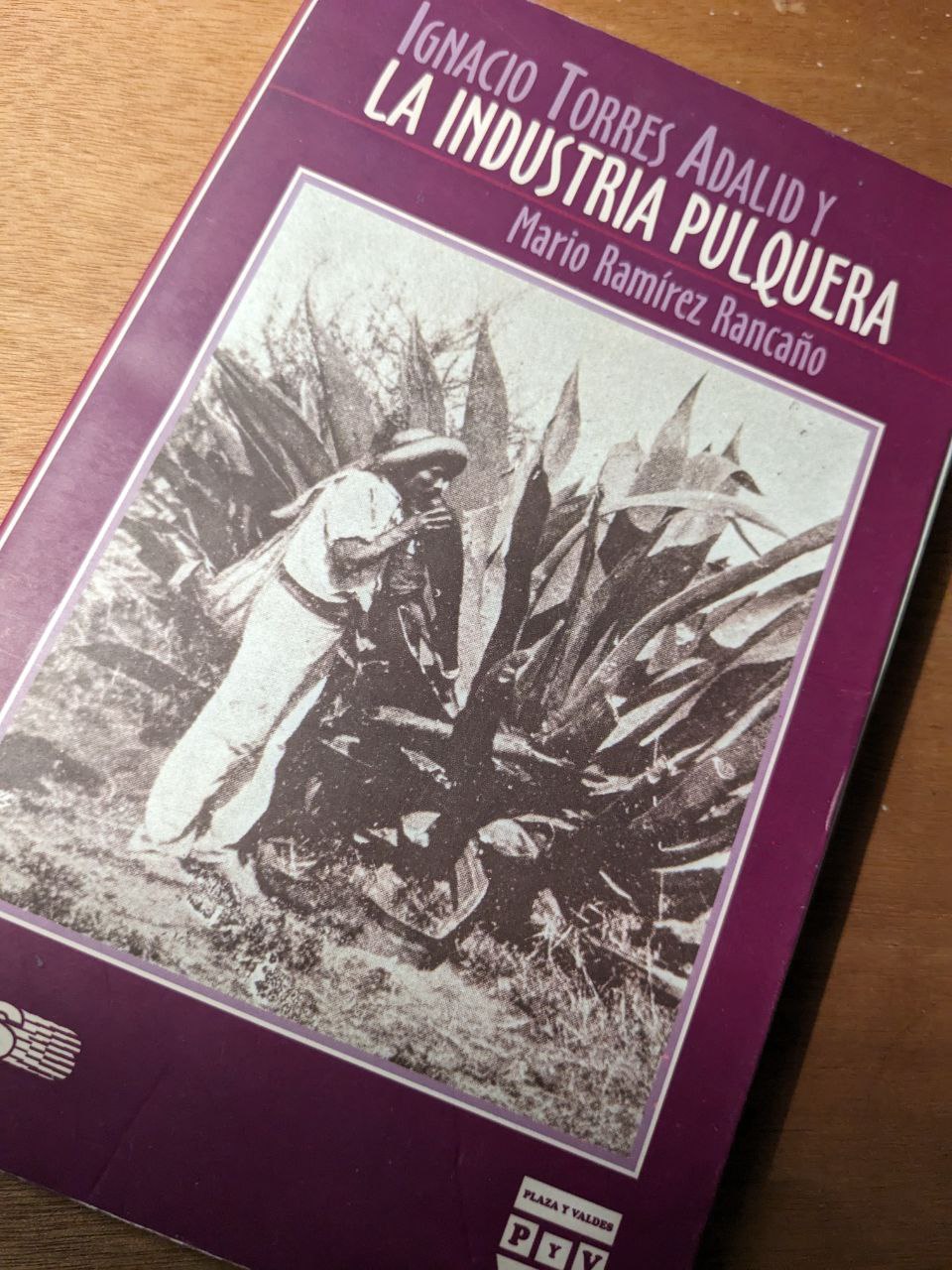 Ignacio Torres Adalid y la Industria del Pulque in all its glory
Ignacio Torres Adalid y la Industria del Pulque in all its glory
Prolegómenos biofílicos, Jorge Barojas with illustrations by Daniel Barojas
This book was written by my uncle, (Dr. Jorge Barojas)[https://www.researchgate.net/profile/Jorge-Weber] and beautifully illustrated by my cousin Daniel Barojas. My uncle is the only other PhD in the family, he has been an inspiration and has provided a helping hand whenever I’ve needed it. My (cousin Daniel)[https://www.instagram.com/r5imaging/] started out as a graffiti artist and has transformed himself into a muralist: I love his work. He inspired me to study photography when I was younger and I’ve always been grateful to him for directing my attention to hip-hop and the Wu-Tang Clan from a very young age. This book is written as a love letter to life. I loved every paragraph of it and although it gets personal at times, its prose is beautiful.
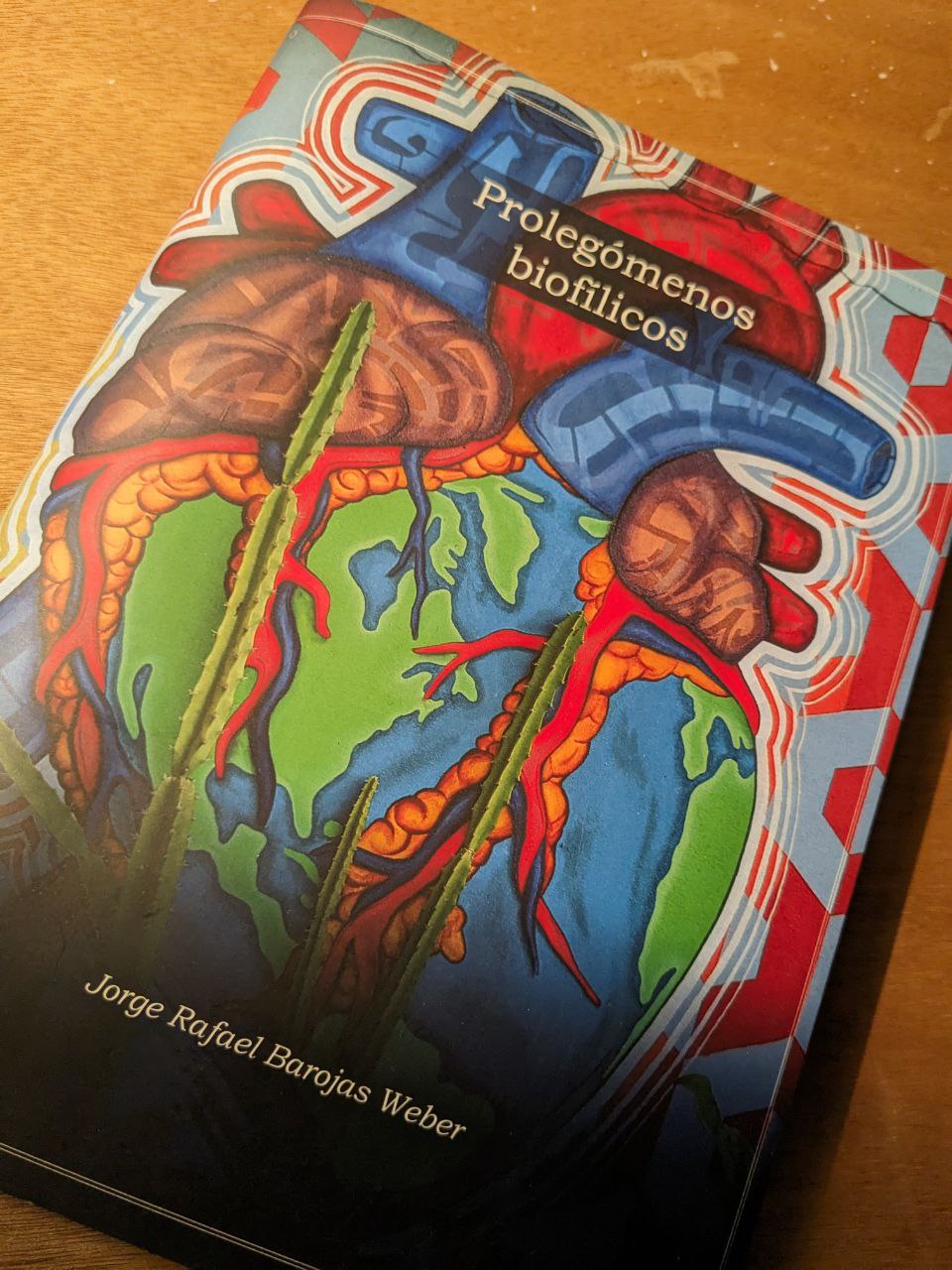 Prolegómenos biofílicos
Prolegómenos biofílicos
Born of this Land, my life story, Chung Ju-yung
This book was gifted to me by Bruno Figueroa in 2022, at the time Mexico’s ambassador in Korea. I visited Korea as part of an entrepreneurship delegation with Marcelo Ebrard, then secretary of foreign affairs. I was deeply impressed with Korea’s advancements and delighted with their relationship with Mexico. They are Mexico’s third most important commercial partner, only after China and the US, they are our third largest provider (imports) and our fifth largest buyer (exports). Walking through their mountains and talking with their people I found they also see Mexico as a sort of spiritual partner: living next door to a massive world power that has not always been helpful, USA for us, Japan for them. There’s a lot of Korean immigration in the country and with that Korean culture is easy to consume in Mexico city, from BTS to Kimchee. Korean food in CDMX is very good and easy to find.
This book tells the story of Hyundai’s founder Chung Ju-yung and the development of his company, Hyundai. I was happy to find that he started his career working in an auto repair shop, just like me! jk. Well, South Korean brands are very present commercially in Mexico: Samsung, LG, Daewoo, Kia and Hyundai all have plants here and Samsung is even operating in the Dos Bocas refinery, yet even thought I’ve worked on Hyundai cars we know so little about their importance or history. For instance, I did not know Hyundai was originally known as a construction company or that they built highways and dams or that Samsung operates one of the most important hospitals in Seoul. Of course, as a business biography it touches on cliched topics of working hard, commitment, etc but I find the history of the country and its relation to Hyundai way more appealing and motivating.
1Q84, Haruki Murakami
I read this book in its entirety about 13 years ago. It inspired me to read a lot of Murakami, the interest dwindled after a couple of books which I found repetitive, but my interest in Japan did not. Recently as I started to play around with Midjourney’s AI image generation, I picked this up again. I always wanted to picture the introductory scene when Aomame climbs down a set of stairs on that highway bridge in Tokyo as she sees a “Put a tiger in your tank” billboard and listens to Janacek’s Sinfonietta in a tricked out Toyota taxi cab. As I asked Midjourney to create some images that depicted this scene I got the urge to re-read 1Q84. I played Janacek’s Sinfonietta and brought Aomame’s character to life while I read it, adding details to my prompt as I progressed. The resulting images were great, below is my final attempt. One observation I made during this is that it seems books as long and intricate as these have little place in today’s 280 character world, re-reading this has made me realise how sad that is.
 Here’s my rendition of Aomame’s descent into 1Q84
Here’s my rendition of Aomame’s descent into 1Q84
Notes from the Underground, Fyodor Dostoevsky
I’ve been a really big fan of the stoics since I was a young kid. I have Marcus Aurelius’ meditations in my kindle and casually read it whenever I’m stressed. Yet, however good the stoics have been to me, I would say reading this book gave me a broader appreciation of the randomness in life. In this book, Dostoevsky’s Underground Man states that:
I agree that two times two equals four is an excellent thing; but if we are dispensing praise, then two times two equals five is sometimes a most charming little thing as well.
Imagine that, 2+2=5. That is, picture it in your mind’s eye. It’s not easy to fit this equation in your mind. I try to visualise it and picture a hole, my mind hurts after I try to think of this logic- Isn’t that so… enriching? In this world where one can know the answer to almost anything instantly, find supporting evidence for any wicked theory and account for every human need at all times all one seems to find is that 2+2=4. And I find that just as Dostoevsky states, sometimes 2+2=4 is “no longer life” and I want the out of the box wickedness of 2+2=5.
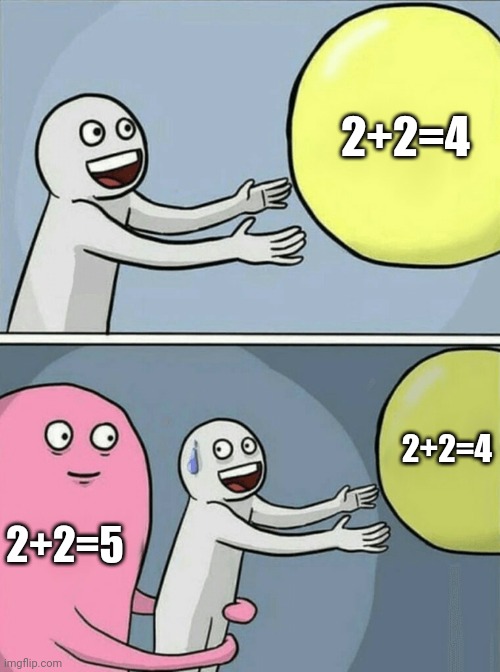
Sometimes 2+2=5 > 2+2=4